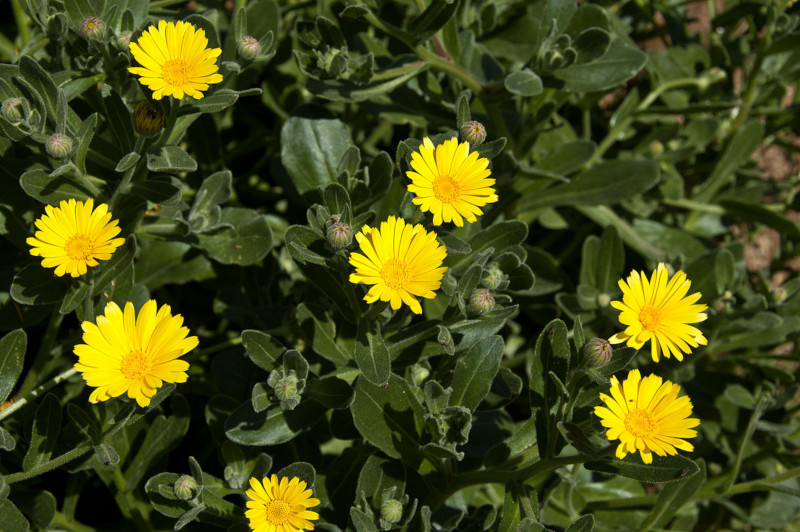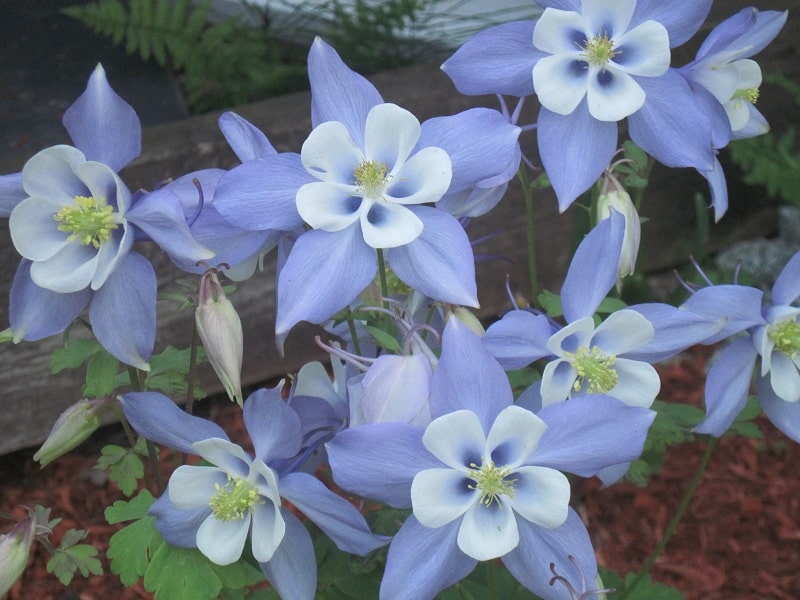
Sea Marigold Facts
- Perhaps most notably, the lovely plant with the common name of Sea Marigold represents one of the rarest plants of its type in the world, at east in the wild. However, the dainty species has recently become quite popular among the local residents of its immediate area, as an ornamental plant. This newly popular cultivation provides some hope for its continued survival.
- Also bearing the scientific name of Calendura maritima, this remarkable little plant now faces the very real threat of imminent extinction. This truly lamentable fact holds true due to a fairly wide variety of factors. The threats it currently faces include the further loss of its already severely restricted natural habitat, and the presence of invasive species.
- But, its greatest threat, however, comes in the form of climate change, much like many other species throughout the world. But, the fact that its remaining native territory is so remarkably tiny only serves to augment the danger. Finally, but not surprisingly, because of the numerous threats it faces, the IUCN currently lists the species as Critically Endangered.
Related Articles



Sea Marigold Physical Description
First of all, regardless of other factors setting it apart from related species, the marvelous Sea Marigold ranks as an average-sized flowering plant. That’s because the all of the specimens observed attain a height that ranges between 7.9 – 15.7 in (20 – 40 cm). Most stay closer to the smaller size.
Quite surprisingly, however, some individuals plants present a slightly different physical appearance than others. That’s because certain specimens develop a decidedly woody base, while others do not. For the moment, the precise reason for this remains undetermined by researchers.
Among mature specimens, the short stems droop toward the ground. Furthermore, its many small, dark green leaves develop as quite thick. These strongly scented leaves also possess a covering of small hairs. In yet another distinction, the leaves vary in shape, depending on where they form on the stems.
In addition, it produces multiple small blossoms per plant. These typically measure 1.2 – 2 in (3 – 5 cm) in diameter. Also diverging from the norm for similar plants, these blooms vary in color. But, this consists of a range between lighter and darker shads of yellow, strongly resembling a daisy.
- Kingdom: Plantae
- Phylum: Angiosperms
- Class: Eudicots
- Order: Asterales
- Family: Asteraceae
- Genus: Calendula
- Species: C. maritima
Sea Marigold Distribution, Habitat, and Ecology
Extremely unfortunately, the gorgeous Sea Marigold inhabits an extremely limited and restricted habitat range. This range consists primarily of a few areas along the western coast of the island of Sicily, in Europe. But, a few scattered specimens also appear on a few of the nearby smaller islands.
Furthermore, within its native habitat range, it appears most commonly in areas of extremely rocky areas. These include such environments as sea cliffs and some sandy regions. However, it does appear in scattered pockets in portions of urban regions possessing comparatively poor soil conditions.
Despite the stark nature of much of its habitat, this remarkable plant remains surprisingly hardy. It primarily blooms between April and June. But, some individuals specimens will bloom throughout the year. These same individuals sometimes even bloom during comparatively mild winters.
Lamentably, no official measures to protect the Critically Endangered species exist at this time. But, it does enjoy a small measure of protection. That’s because a small portion of its range coincides with the boundaries of a nature reserve, named the Riserva Naturale Saline de Trapani e Paceco.
Species Sharing Its Range



Check out our other articles on Earth’s Many Astounding Beetles, North Sulawesi Babirusa, Whitehaven Beach, Turbinicarpus alonsoi, Leaping Lesbian Lizard, Long Eared Owl, Wood Frog










Leave a Reply